

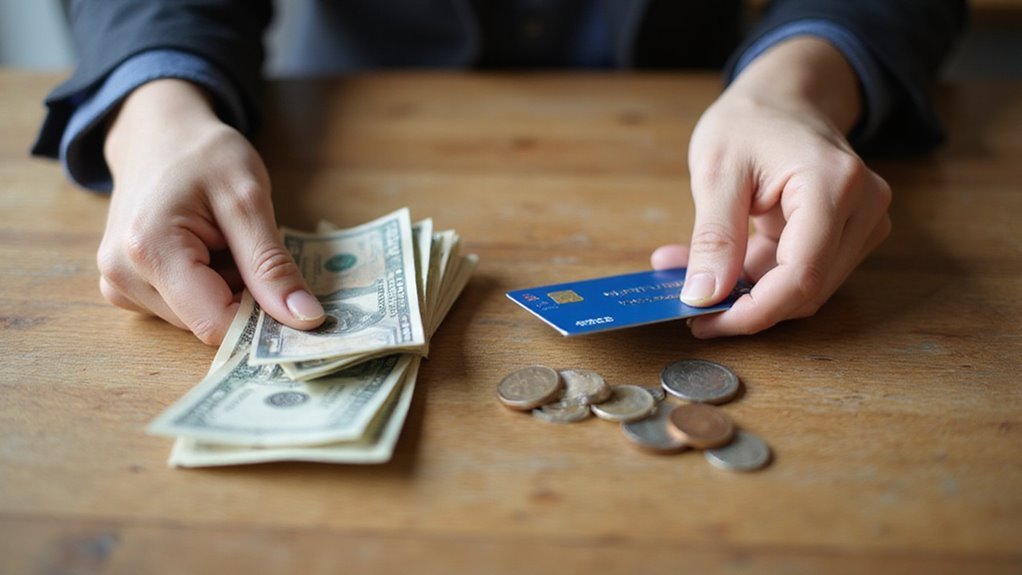
Credit cards give you spending power, but they also bring tough choices. Each month, you must decide: pay the whole bill or just the minimum. Many people feel confused about which payment is best. This choice can shape your finances and future.
Choosing only the minimum might seem easy, but it often leads to big problems. Interest charges can pile up fast. Your debt can grow for years, costing you much more in the long run. This path can even hurt your credit score, making future loans harder to get.
Paying your balance in full is almost always the smarter move. If you want to save money and protect your credit, pay your balance, not just the minimum. This blog will explain how to make the right payment choice and avoid debt traps.

Understanding credit card statements is important for managing your money. A credit card statement shows your spending and payments each month. The credit limit is the most you can borrow on your card. If you spend more than this limit, you may get a penalty or your card may be declined. The billing cycle shows the period when your purchases and payments are counted. If you know your billing cycle dates, you can plan your payments better.
Each transaction on your statement should be checked for mistakes or fraud. Credit monitoring services can help you detect suspicious activity on your card more quickly. If you find any errors, you should report them right away. Lenders may also review your payment history as shown on your statements, since it is a key factor in determining your creditworthiness for future loans or credit cards.
You’ll find the minimum payment clearly listed on your credit card statement, typically calculated as a small percentage of your total balance or a fixed dollar amount, whichever is greater. Lenders set this amount to keep your account in good standing, but paying only the minimum can significantly extend your debt and increase interest charges.
Many credit monitoring services offer real-time alerts to notify you of approaching payment deadlines, helping you avoid missed payments and maintain a positive credit history. Understanding how issuers determine this figure helps you make informed decisions about managing your payments. Your minimum payment plays a crucial role in payment history, which is the most influential factor in your overall credit score.
The minimum payment is the lowest amount you must pay on your credit card each month. Lenders use a simple formula to calculate it. Usually, they take 1% to 3% of your balance and add any interest or fees. If this amount is less than a set minimum, you may pay a flat fee, like $25. Your credit limit does not change the minimum payment. If you get close to your limit, interest and fees can make the payment higher. Always read your statement to see how your minimum payment is figured out.
Making your minimum payment on time keeps your credit card account in good standing. If you pay late, your lender may report this to credit bureaus. Late payments can hurt your credit score and stay on your report for years. This can make it harder to get loans or good interest rates. Paying at least the minimum shows you are responsible. However, if you only pay the minimum, your balance will not go down much. Interest charges will also add up over time. You should try to pay more than the minimum whenever you can. This will help improve your account standing faster.
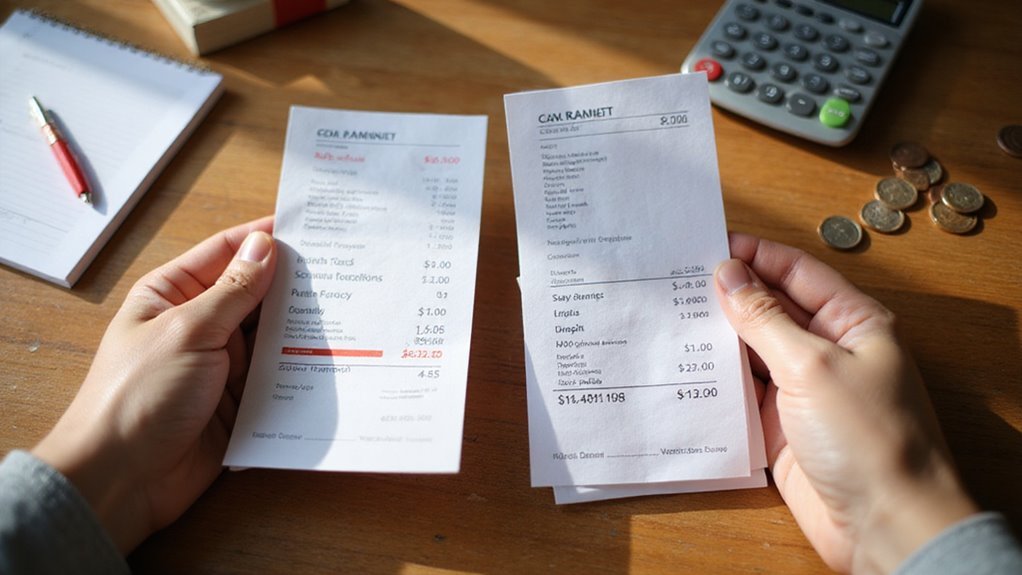
Credit card companies usually set your minimum payment as a small part of your balance plus any interest and fees. Most often, they use 1% to 3% of your total balance. They add interest charges and any late or past due fees. If you are concerned about credit report visibility, remember that making only the minimum payment does not hide your account activity from creditors or credit bureaus.
Here are the main parts of your minimum payment:
| Component | Typical Value or Range |
|---|---|
| Percentage of Balance | 1%–3% of total balance |
| Interest Charges | Full monthly interest |
| Late Fees | If you paid late |
| Past Due Amounts | If you missed payments |
If you only pay the minimum, your debt will shrink slowly. You will mostly pay interest and only a little of the amount you owe. Over time, making only minimum payments can negatively impact your credit utilization and slow your progress toward building a strong credit history.
Paying only the minimum on your credit card means your debt will go down very slowly. Most of your payment goes to interest, not the main debt. If you pay just the minimum, your balance stays high for a long time. This can make you pay much more money overall. High balances also raise your credit usage and can lower your credit score.
A lower credit score means you might get higher interest rates in the future. If you keep this habit, it can hurt your long-term finances. High credit utilization is one of the main factors that can negatively impact your credit score, so keeping your balances low is important for maintaining good credit. Consistently making on-time payments is crucial, as payment history accounts for the largest portion of your credit score and helps you avoid negative marks on your credit report.
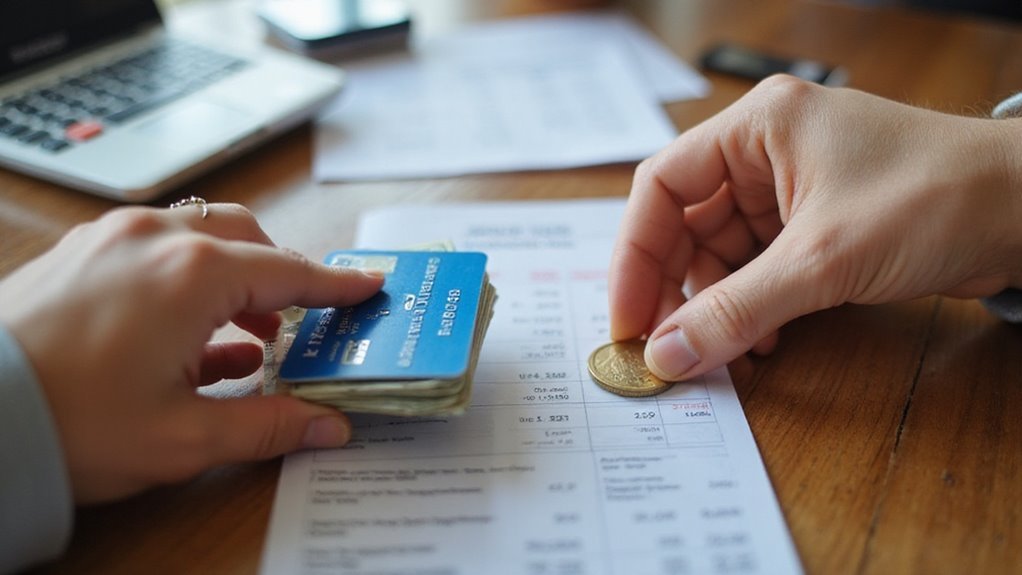
When you carry a balance on your credit card, interest starts accumulating based on your daily balance. Lenders use a daily periodic rate to calculate these charges, which means interest compounds quickly if you don’t pay off the full amount each month.
This ongoing accumulation directly increases your future payments and can make it harder to pay down your debt. It’s important to understand that the APR on your credit card not only includes the interest rate but also any additional fees, which together determine the true cost of carrying a balance over time. Paying only the minimum can also negatively impact your credit utilization, which is a key factor in your overall credit score.
Credit card interest grows when you do not pay your full statement balance. The bank charges interest on any unpaid amount. This interest rate is called the annual percentage rate (APR). If you only pay part of your bill, the rest starts to collect interest daily.
Interest can also apply to balance transfers and cash advances. Rewards from your card may not cover these extra costs. Partial payments lower your balance, but interest keeps adding up on what remains. Over time, your total debt can increase quickly. You can avoid more interest if you pay as much as possible each month.
Credit card companies use the average daily balance method to calculate your daily interest. They record your balance each day of the billing cycle. If there are any disputed or fraudulent charges, those get excluded. The company adds up each day’s balance and divides by the number of days. This gives your average daily balance.
They then divide your annual interest rate (APR) by 365 to get a daily rate. The daily rate is applied to your average daily balance. This result is the interest you owe for that period. If you carry a balance, you will pay more in interest. If you always pay your full balance, you can avoid these charges. Understanding this process can help you plan your payments better.
Paying only the minimum on your credit card increases your future payments. Interest adds up quickly when you carry a balance. If you pay less than the full amount, your debt grows faster over time. This makes it harder and slower to pay off your balance. Credit card rewards and fraud protection offer benefits, but interest charges can cancel them out.
Different payment choices affect your account in these ways:
| Payment Type | Interest Over Time | Effect on Rewards/Fraud Protection |
|---|---|---|
| Minimum Payment | Highest | Rewards lose value |
| Full Balance | None | All benefits kept |
| Partial Payment | Moderate | Some benefits reduced |
Paying the full balance each month saves money and keeps all card benefits.
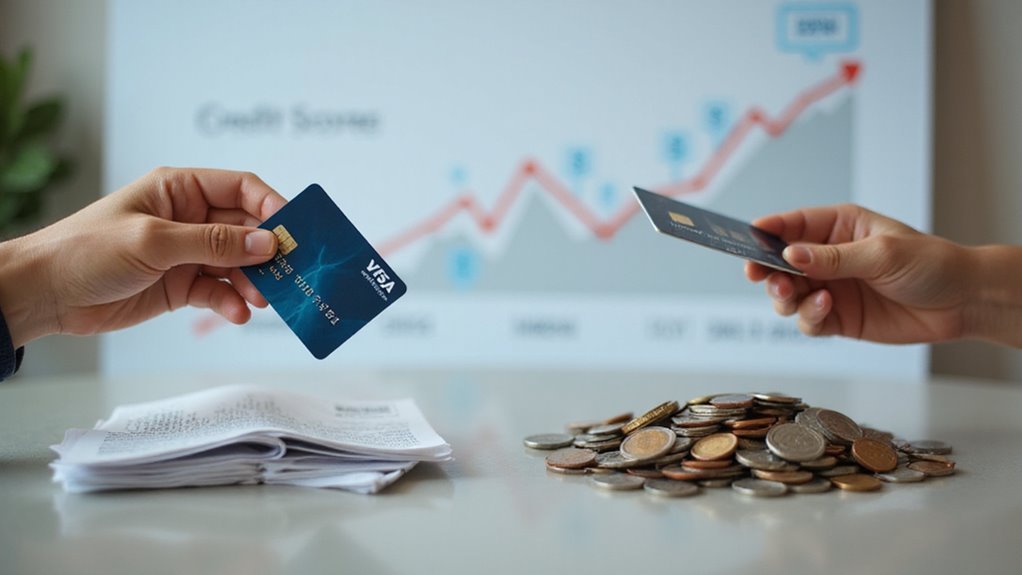
Credit utilization affects your credit score in a major way. It measures how much credit you use compared to your limit. Lenders check this ratio to judge your credit habits. If you use a large part of your credit limit, your score may fall. Even paying on time does not stop this effect. Improving credit history can enhance financial opportunities and reduce borrowing costs.
Keeping your usage below 30% helps your score. Paying only the minimum keeps your balance high, which can lower your score. If you watch your limits and pay down balances, your credit profile will improve. Staying below the 30% utilization threshold is considered essential by most experts, as it signals responsible credit management and helps maintain or boost your score.
Paying your credit card balance in full each month has clear benefits. You avoid interest charges. You keep more of your money and do not let debt grow. Rewards like cash back or points are not reduced by interest fees. You get to keep the full value of any rewards you earn. If you pay your balance right away, you lower the risk of paying for any fraudulent charges.
Your credit score may also improve because you show that you can manage credit well. Paying the full balance is similar to on-time payments for other types of loans, which is a key factor in maintaining strong credit health. Regularly reviewing your statements helps ensure report accuracy and protects your financial health.
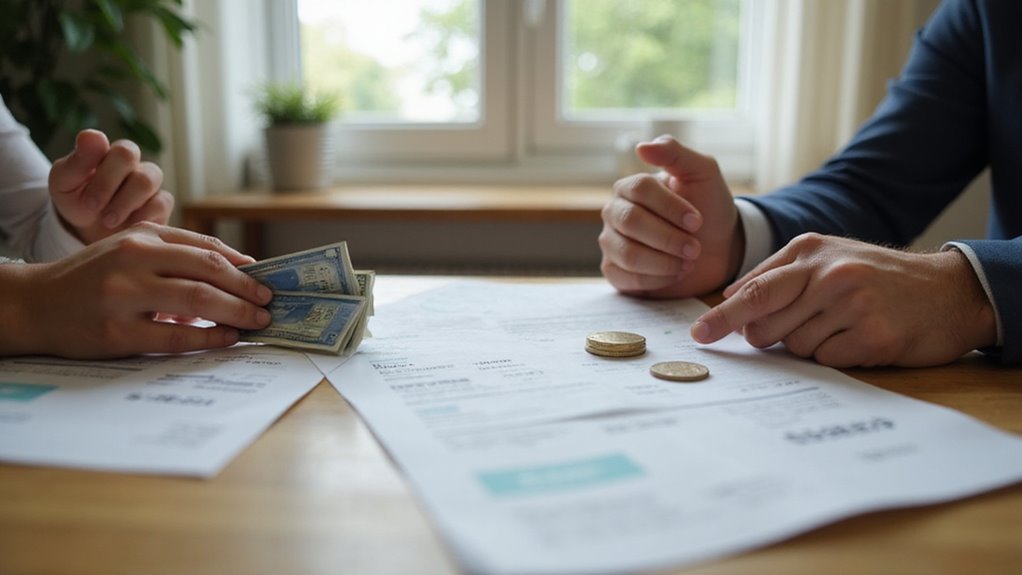
To pay off your credit card balance faster, use a clear plan and make smart choices. Start by checking your budget for expenses you can cut. Extra money should go toward your credit card payments. If you qualify, balance transfer offers can help lower your interest costs. Never let rewards tempt you to spend more. Always pay more than the minimum each month.
For added protection while paying down debt, consider placing a credit freeze on your credit report to help prevent unauthorized accounts from being opened in your name.
Paying off credit card debt is easier with the right strategy. The debt snowball and debt avalanche are two popular methods. The snowball method pays off the smallest debts first. This can help you stay motivated with quick wins. The avalanche method focuses on debts with the highest interest rates. This saves you more money over time. Both methods keep you within your credit limit. If you pay on time, you can keep your reward points. Consider which method matches your goals:
| Method | Focus | Best For |
|---|---|---|
| Snowball | Smallest balance | Motivation, quick wins |
| Avalanche | Highest interest | Lower total interest |
| Both | On-time payments | Credit limit, rewards |
The way you pay your debts affects your credit score directly. Paying on time improves your credit history. Paying the full balance lowers your credit usage ratio. Making only minimum payments keeps your account open but may increase your credit utilization. Lenders may see only minimum payments as a risk if your balance stays high. Keeping accounts open for a long time helps your score. Missing payments always harms your credit profile. If you pay late or carry high balances, your score may drop.
Hidden fees and penalties can increase your credit card costs. These fees are often not obvious at first. If you miss a payment, you may get a late fee. Going over your credit limit can also lead to extra charges. Returned payments can result in penalties as well. Some fees only appear on your bill after the fact.
Here are common penalty traps:
| Fee Type | When It’s Charged | Typical Cost |
|---|---|---|
| Late Payment | If you pay after the due date | $25–$40 |
| Over-limit Fee | If you spend over your limit | Up to $35 |
| Returned Payment | If your payment is declined | $25–$40 |
Always review your card terms to avoid surprise fees. If you have questions, contact your card issuer before making payments.
Balancing payments with your monthly budget means making sure your payments fit within your income and expenses. You should start by looking at your monthly income and fixed bills. If your bills are high, you may need to lower credit card payments. A clear plan helps you avoid spending more than you earn. Tracking your spending shows where your money goes each month. If you pay more than the minimum, you reduce interest and stress.
In a financial emergency, you may need to prioritize preserving essential cash flow over aggressive debt repayment. By making at least the minimum payment, you ensure you avoid costly late fees and protect your credit standing. This approach buys you time to stabilize your finances without compounding your financial challenges.
Preserving essential cash flow means keeping enough money for your basic needs first. If you lose your job or face sudden bills, paying only the minimum on your credit card can help. This lets you keep money for rent, food, and utilities. Minimum payments cost more in the long run, but they protect your cash in emergencies. You can avoid using up your savings during short-term income gaps. This approach also gives you time to plan how to pay off your debts later.
If you want to avoid late payment penalties, always make at least the minimum payment on your credit card. Missing a payment can lead to late fees and a higher interest rate. Your credit score may drop if you pay late. Some credit card rewards can be lost if your account is overdue. If your account is not current, you may lose certain fraud protections. Always pay on time to keep your account in good standing. Once your finances improve, pay more to reduce your balance faster. Reducing your balance helps lower interest charges and gives you more control.
You can stay on top of credit card payments by using helpful tools and resources. Good payment management prevents late fees and high interest. If you use credit cards, these tips can help you avoid mistakes. Technology and simple habits make it easier to manage payments.
Set up automatic payments through your bank or credit card app. Budgeting apps help track spending and remind you of due dates. Calendar reminders can alert you before payment deadlines. If you have high balances, consider a balance transfer to lower your interest. Check your statements online each month to spot errors or suspicious charges.
If you pay only the minimum on your credit card, you could end up paying more in interest over time. If you choose to pay your full balance each month, you will avoid extra fees and protect your credit score. Paying the full amount keeps your debt under control.
If you want to improve your financial health, paying more than the minimum is a smart habit. If you make this choice regularly, you can reach your financial goals faster. Responsible payments help you avoid unnecessary financial stress.
If you want to stay on top of your finances, consider using a Finance Monitoring Guide. This guide can help you track payments and manage spending. Take action today to build a stronger financial future.
Understanding what influences your credit score makes it much easier to interpret credit checks. Discover more insights and tips at the Finance Monitoring Guide.
(+1) 5165229807
info@financemonitoringguide.com
500 Marquette Ave NW, Suite 1200 Albuquerque, NM 87102 United States